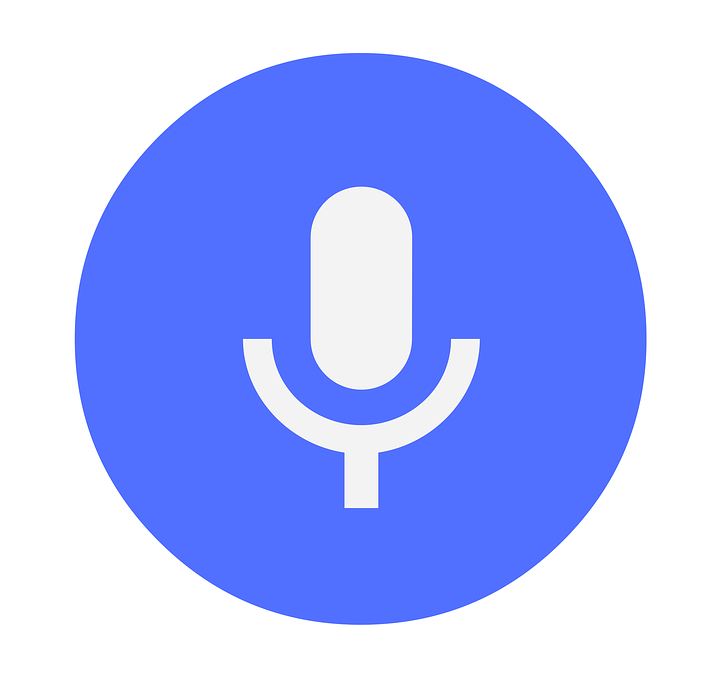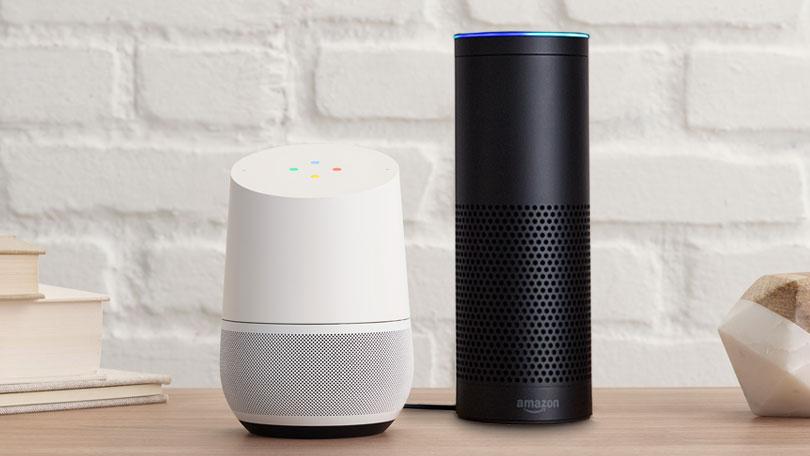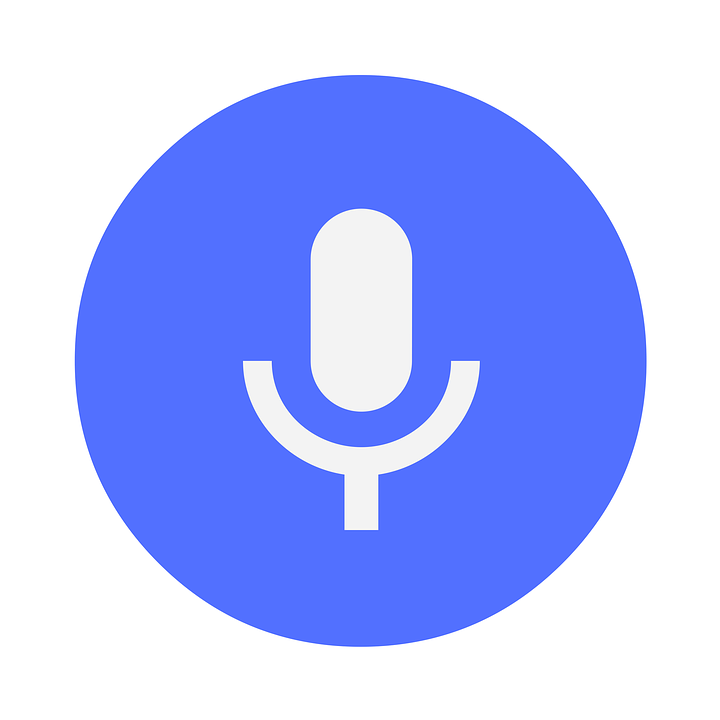If you work in digital marketing, and you’re not up to speed on Flash Briefings, you need to be; they have potential to be the next big thing in digital. If you’re sitting there thinking that you have no idea what they are, don’t worry. I have assembled a crash course on Flash Briefing Marketing. Read on to find out everything you need to know.
What is it?
Think of Flash Briefings like the 60 second round-up of the news on a music radio station. They quickly and succinctly give you a series of news updates. To access them, you simply ask Alexa to play your Flash Briefing by a certain provider – such as BBC News. However, Flash Briefings can be uploaded by anyone, which makes it kind of like an audio version of Twitter. By asking for the Flash Briefing of a brand, person, or influencer you are interested in, you can get their updates, much the same as if you’d checked their Twitter page; the major difference being, of course, that Flash Briefings are primarily audio.
Why should I be interested?
If you’re a marketer, the benefits should be obvious. Just like social media, it is a free channel that allows you to get your key messages – or those of your clients – out to a digital audience. However, it has one major advantage over social media. Social media is full of noise, and even if you log in to check one particular thing, you’ll probably end up getting sucked in and reading about something entirely unrelated. With Flash Briefings, you have to specifically ask for the content you want. It cuts out that element of random discovery, and allows the user to go directly to the provider they want. For marketers this means that peoples listening to your Flash Briefings are highly engaged individuals. They are interested in your brand enough to specifically ask for your content. This means that you’re marketing to a very warm, receptive audience.
How can they be used by marketers?
In much the same way as social media is used today! Social media is often used by brands to create a brand identity, engage their audience, and – ultimately – sell products or services. This same approach should be taken to Flash Briefing Marketing. Just like social, you need to devise a strategy filled with content that your users and customers will want to actively tune in to listen to. Once you’ve come up with a strategy, you should record daily Flash Briefings so that Alexa users can get updates on their brand every day. You can then promote your output across your other social channels to ensure that your audiences are aware it exists. This last step is especially important at present. Flash Briefings have not really taken off yet, so cross-promotion is key.
Why aren’t marketers using them already?
In my opinion, Flash Briefings in 2018 are like Twitter was in 2006; a great platform that hasn’t yet reached its full potential. Marketers weren’t using the platform at all in 2006, but once celebrities like Barack Obama, Britney Spears, and Stephen Fry began flocking to the service in droves, it slowly became a crucial tool in the digital marketer’s arsenal. Simply put, not enough people are using Flash Briefings yet, so marketers do not view them as essential. Flash Briefings are in need of a ‘Twitter moment’ of their own, but once this happens they will become unavoidable to any savvy digital marketer.
All it will take is a few key influencers putting out regular Flash Briefings for the format to balloon in popularity. Consider this. 1 million Amazon Alexa units are sold every month. Many millions more sit plugged in in households across the world. So many people have the technology to listen to Flash Briefings set up and ready to go in their house. The problem is that they have no reason to tune in yet. One of the few providers making good quality Flash Briefing content is BBC News, but it’s not as if consumers are deprived of ways to access their news content.
Imagine if Liam Gallagher, Kanye West, or Donald Trump were to put out daily Flash Briefings. This would be fantastic, unmissable content that would only be accessible via Alexa. Once the platform starts getting this kind of content, it will begin to grow and grow.
What about Echo Show?
Amazon Echo Show – the first Alexa device with a screen – supports Flash Briefings. This brings with it plenty of exciting possibilities. You can create separate video Flash Briefings that provide your audience with more information than a regular audio Flash Briefing. Instead of telling your audience about a new product or service, you can show it to them. Instead of telling them the latest news about your company, you can show your face and let them see how excited you are as you speak. The Echo Show is in its infancy at present, but I foresee video becoming a big part of Flash Briefings going forward.
What’s the future for flash briefings?
Once the platform has taken off, there are plenty of interesting avenues it could go down. As they are, Flash Briefings are a bit like tweets. You send them out there into the ether, and anyone across the world can read them. With Twitter, they can also reply. This is something that I can see happening with Flash Briefings; the addition of interaction between users to create something of a social network. And, if it is to become a social network, the addition of advertising will surely not be far behind. Let’s say the platform were to add a feature whereby you could listen to all the Flash Briefings of your friends, or all the bands you follow. Advertising could be easily slotted in here, to fit in with the topic of Flash Briefings being consumed. This would allow marketers another avenue to reach the Amazon Alexa audience.




